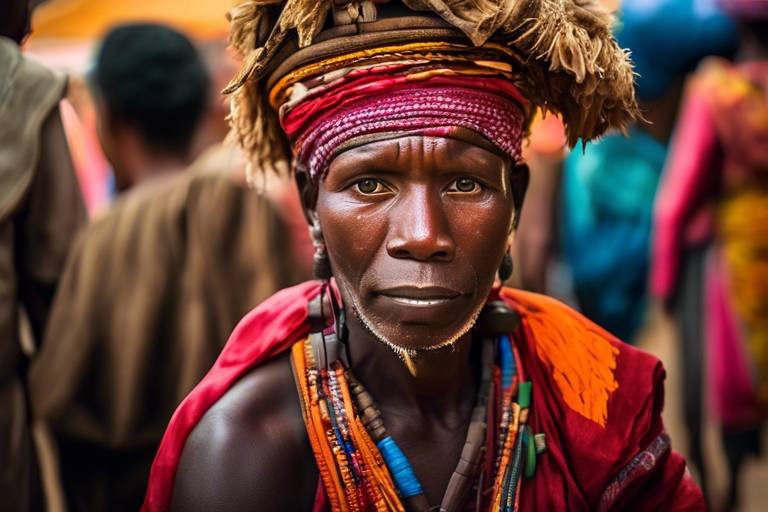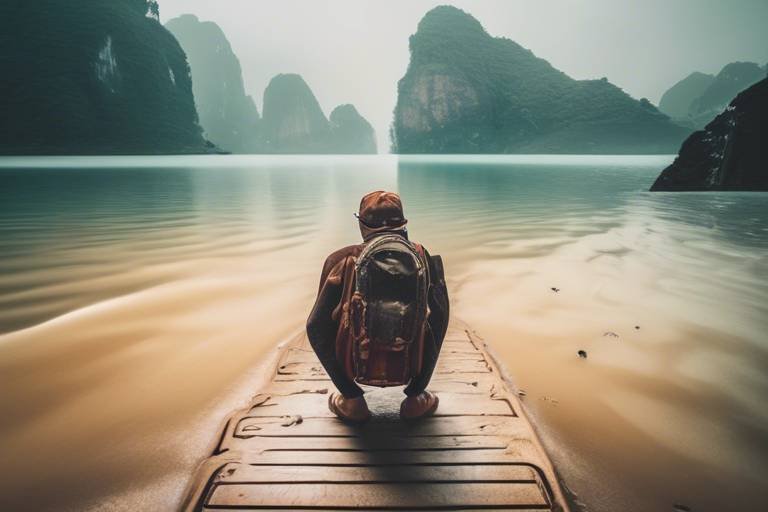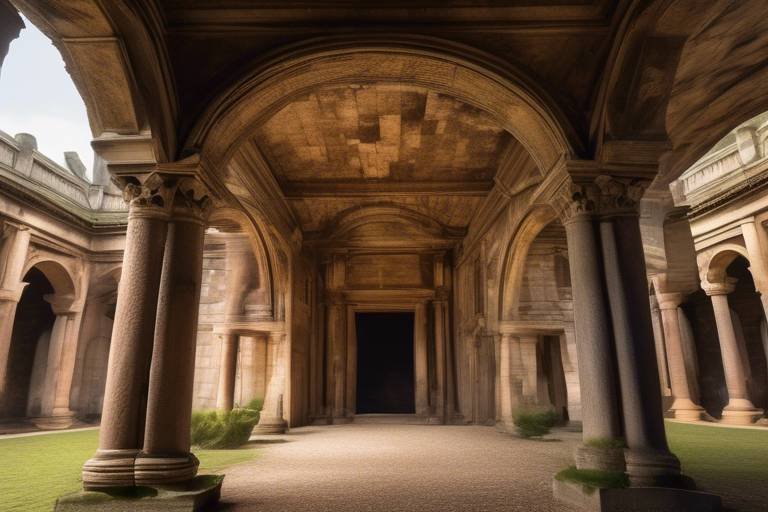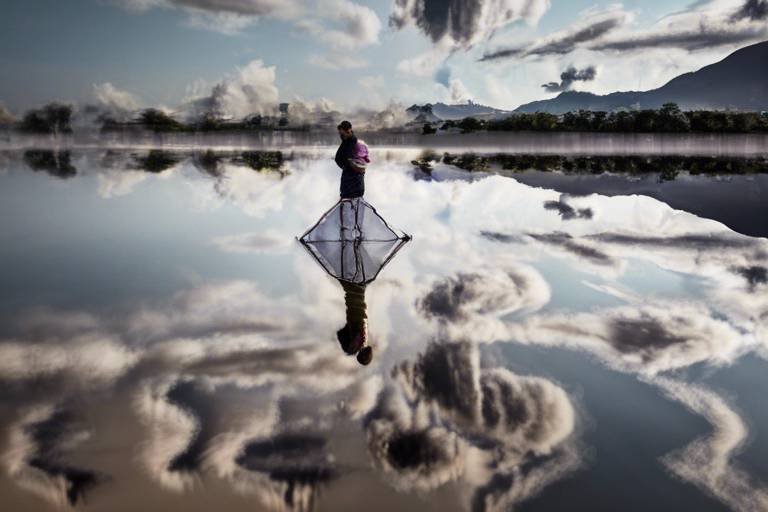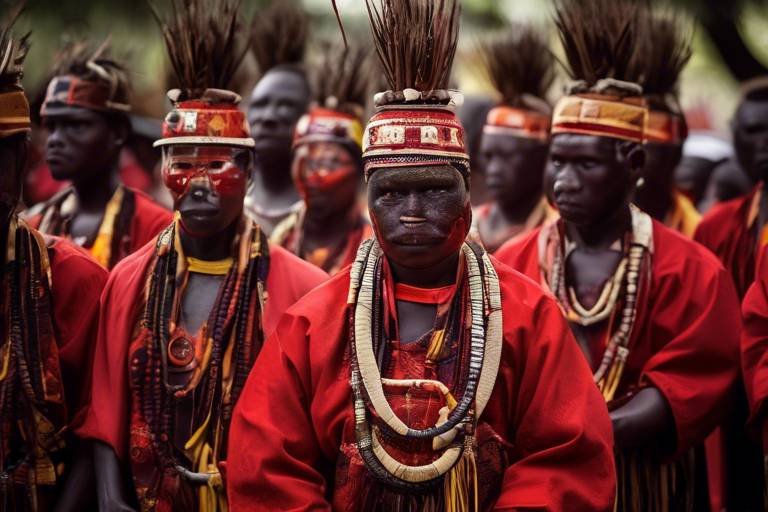How to Use Wide-Angle Lenses for Stunning Travel Photos
Are you ready to take your travel photography to the next level? Using wide-angle lenses can truly transform your images, capturing the essence of a location in a single frame. Let's dive into the world of wide-angle lenses and discover how you can use them to create stunning travel photos that will leave viewers in awe.

Understanding Wide-Angle Lenses
Wide-angle lenses are a crucial tool in a photographer's kit, especially for travel photography enthusiasts. These lenses have a shorter focal length than standard lenses, allowing them to capture a wider field of view. This means you can fit more of the scene into your frame, making them ideal for capturing expansive landscapes, towering architecture, and cramped interiors.
One key characteristic of wide-angle lenses is their ability to exaggerate perspective, making objects closer to the lens appear larger while those in the background seem smaller. This distortion can be used creatively to add drama and interest to your travel photos, creating a sense of depth and dimension that draws the viewer into the scene.
When compared to standard or telephoto lenses, wide-angle lenses also have a greater depth of field, meaning more of the scene is in focus from the foreground to the background. This can be advantageous when shooting landscapes or cityscapes, allowing you to capture intricate details in the foreground while still showcasing the vastness of the background.
It's important to note that wide-angle lenses come in various focal lengths, typically ranging from 14mm to 35mm for full-frame cameras. The choice of focal length will impact the look and feel of your images, with wider lenses capturing more of the scene but potentially introducing more distortion, especially towards the edges of the frame.
Understanding the characteristics and capabilities of wide-angle lenses is essential for maximizing their potential in travel photography. By harnessing their unique qualities, you can create stunning and immersive images that transport viewers to the heart of your travel adventures.

Choosing the Right Wide-Angle Lens
When it comes to selecting the perfect wide-angle lens for your travel photography adventures, there are several key factors to consider that can greatly impact the outcome of your images. One of the most important aspects to keep in mind is the focal length of the lens. Wide-angle lenses typically have focal lengths ranging from 14mm to 35mm, with each offering a different field of view and perspective. The wider the focal length, the more of the scene you can capture in a single frame, making them ideal for expansive landscapes and architectural shots.
Another crucial consideration is the aperture of the lens. A wide maximum aperture, such as f/2.8 or even wider, allows for better performance in low light conditions and enables you to achieve a shallower depth of field, creating a beautiful background blur effect. This can be particularly useful when shooting portraits or close-up subjects with a wide-angle lens.
Furthermore, the build quality and size of the lens are essential factors to think about, especially when traveling. Opt for a lens that is lightweight and compact without compromising on image quality. Weather-sealed lenses are also worth considering if you plan to shoot in challenging outdoor environments where protection from dust and moisture is necessary.
Consider whether you need additional features such as image stabilization or autofocus capabilities, depending on your shooting style and preferences. Image stabilization can help reduce camera shake and produce sharper images, while fast and accurate autofocus is crucial for capturing fast-moving subjects or spontaneous moments during your travels.
Lastly, don't forget to research and read reviews from other photographers to get a better understanding of the performance and image quality of the wide-angle lens you are interested in. Take into account factors like chromatic aberration, distortion, and overall sharpness to ensure you are making an informed decision that aligns with your photography goals and style.

Composition Tips for Wide-Angle Shots
When it comes to capturing stunning travel photos with wide-angle lenses, mastering composition is key. Composition is the art of arranging elements within a frame to create visually appealing and impactful images. With wide-angle shots, there are specific techniques that can help you make the most of the lens' unique characteristics.
One important aspect to consider when composing with a wide-angle lens is perspective. These lenses have a wider field of view, allowing you to include more of the scene in your frame. To create depth and interest in your photos, try incorporating foreground elements to lead the viewer's eye into the image. This can be anything from rocks or plants to architectural details.
Another effective composition technique for wide-angle shots is to pay attention to leading lines. These are lines within the scene that naturally draw the viewer's gaze towards the main subject of the photo. Look for roads, fences, rivers, or any other elements that can guide the viewer's eyes through the image and create a sense of movement.
Additionally, framing is crucial when working with wide-angle lenses. Use natural elements such as tree branches, archways, or windows to frame your subject and draw attention to it. This technique can add context to your photos and create a sense of depth by layering elements within the frame.
Experimenting with angles and perspectives is also essential in wide-angle photography. Get low to the ground or find a high vantage point to change the way the scene is perceived. Different angles can add drama and interest to your photos, making them more dynamic and engaging.
Remember, the key to successful composition with wide-angle lenses is to practice and experiment. Don't be afraid to try new techniques and push the boundaries of traditional composition rules to create unique and compelling travel images.
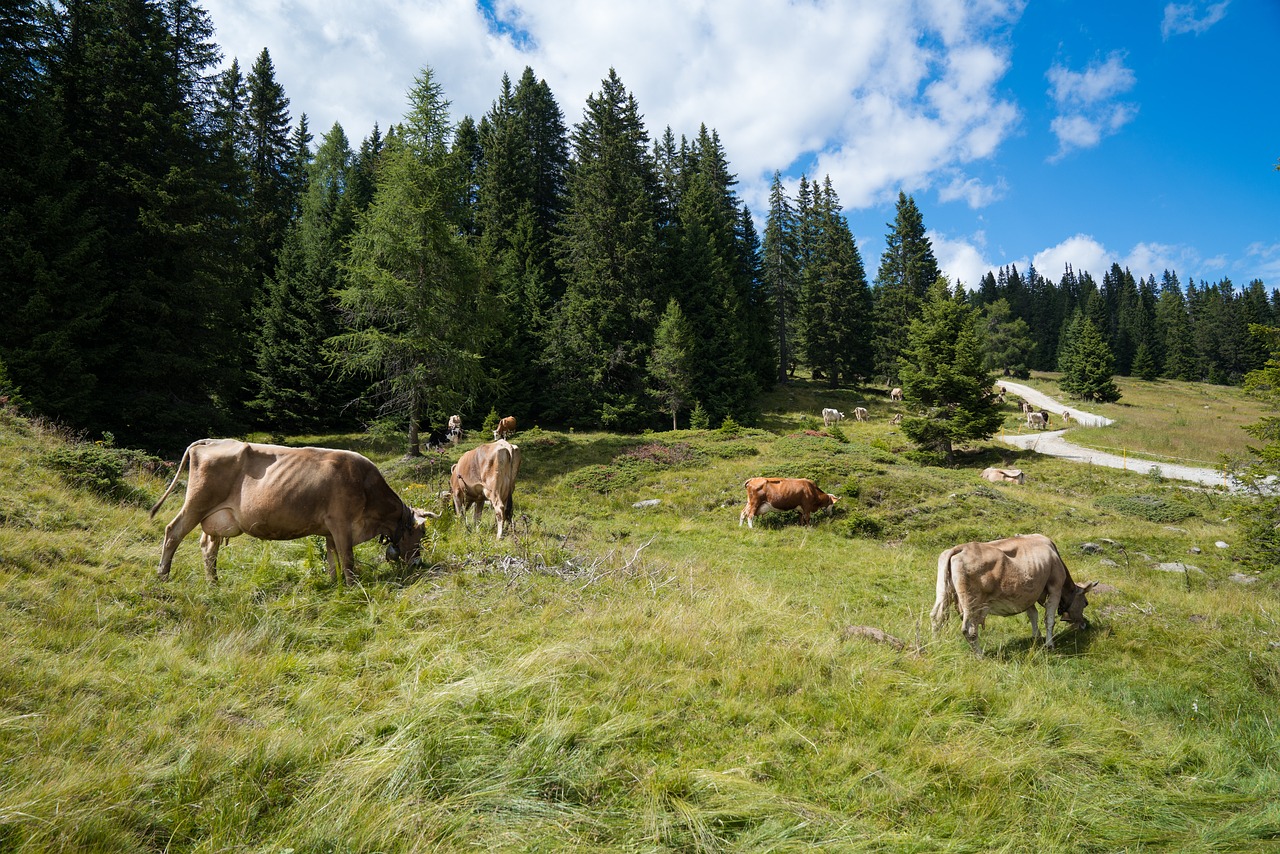
Working with Distortion
When it comes to working with distortion in travel photography, wide-angle lenses can present both challenges and opportunities. Distortion, often seen as a drawback of these lenses, can actually be used creatively to enhance the visual impact of your images. Understanding how distortion affects your photos and how to control it can make a significant difference in the final results.
One way to work with distortion is to embrace it as a stylistic element in your compositions. The exaggerated perspective and stretched proportions can add a dynamic and unique look to your photos, drawing the viewer's eye to specific elements in the frame. By consciously incorporating distortion into your images, you can create a sense of depth and movement that adds interest and intrigue.
However, it's essential to be mindful of how distortion can affect the overall balance and symmetry of your shots. Pay attention to straight lines and architectural details, as they can appear warped or curved when captured with a wide-angle lens. To mitigate this, try to keep important elements centered in the frame and use post-processing tools to correct any excessive distortion if needed.
Another technique for working with distortion is to use it to your advantage when capturing subjects up close. The exaggerated perspective can add a sense of drama and intimacy to portraits or close-up shots, creating a compelling visual impact. Experiment with different angles and distances to see how distortion can enhance the mood and storytelling of your images.

Utilizing Depth and Perspective
When it comes to utilizing depth and perspective in travel photography with wide-angle lenses, it's all about creating dynamic and engaging images that draw viewers into the scene. Wide-angle lenses offer a unique ability to capture a vast amount of space, allowing you to emphasize the distance between objects in the foreground and background. By strategically positioning elements within the frame, you can create a sense of depth that adds visual interest and dimension to your photos.
One effective technique for utilizing depth and perspective is to include leading lines in your composition. These lines can be natural elements like roads, rivers, or fences that guide the viewer's eye through the image, leading them deeper into the scene. By incorporating leading lines into your wide-angle shots, you can create a sense of movement and draw attention to the various layers within the frame.
Another way to enhance depth and perspective is by playing with scale. Including objects of different sizes in your composition can help convey a sense of distance and grandeur. By juxtaposing a small subject in the foreground against a vast landscape in the background, you can emphasize the scale of the scene and create a compelling visual narrative.
Additionally, experimenting with different vantage points can also enhance the sense of depth in your wide-angle photos. By changing your shooting position or angle, you can alter the way elements within the frame relate to each other, creating a more dynamic and layered composition. Don't be afraid to get low to the ground or shoot from a higher perspective to add variety and interest to your images.

Capturing Landscapes with Wide-Angle Lenses
When it comes to capturing landscapes with wide-angle lenses, the possibilities are endless. These lenses allow you to encompass vast scenes and stunning vistas in a single frame, providing a unique perspective that can truly elevate your travel photos. Whether you're standing at the edge of a majestic canyon or overlooking a picturesque coastline, wide-angle lenses enable you to convey the grandeur and scale of the landscape in a way that other lenses simply can't match.
One of the key techniques for capturing landscapes with a wide-angle lens is to pay attention to the foreground elements. Including interesting foreground elements in your composition can help create depth and lead the viewer's eye into the scene. Whether it's a colorful wildflower, a weathered rock formation, or a winding path, these elements can add context and visual interest to your photos, making them more engaging and dynamic.
Additionally, when shooting landscapes with a wide-angle lens, it's important to consider the overall composition of the image. Look for leading lines that can guide the viewer's gaze through the scene, such as a meandering river, a row of trees, or a winding road. These leading lines can help create a sense of movement and draw attention to key focal points within the landscape, enhancing the overall visual impact of your photos.
Another aspect to keep in mind when capturing landscapes with wide-angle lenses is the use of natural framing. Look for natural elements like overhanging branches, archways, or rock formations that can frame your subject and draw attention to the main focal point of the image. By framing your composition in this way, you can create a sense of depth and dimension that adds a layer of visual interest to your landscape photos.
Furthermore, don't be afraid to experiment with different angles and perspectives when shooting landscapes with a wide-angle lens. Get low to the ground to emphasize the foreground elements, or try shooting from a higher vantage point to capture the vast expanse of the landscape below. By exploring different angles and perspectives, you can discover unique and compelling ways to showcase the beauty of the natural world through your wide-angle lens.

Including People in Wide-Angle Shots
When it comes to including people in wide-angle shots, it's important to consider how they can enhance the overall storytelling of your travel photos. Placing human subjects in the frame not only adds a sense of scale but also helps viewers connect with the scene on a more personal level. Whether it's a local interacting with their environment or a fellow traveler admiring a breathtaking view, incorporating people can bring life and context to your wide-angle images.
One key tip for including people in wide-angle shots is to pay attention to their placement within the frame. Placing them off-center can create a more dynamic composition, drawing the viewer's eye towards both the subject and the surrounding environment. Additionally, consider the actions and expressions of your subjects to capture authentic and engaging moments that tell a story within the larger travel scene.
Another aspect to consider when including people in wide-angle shots is the use of leading lines and framing techniques. By positioning your subjects in relation to prominent lines or natural frames within the scene, you can guide the viewer's gaze and create a sense of depth and perspective that enhances the overall impact of the image.
Furthermore, when photographing people with a wide-angle lens, it's essential to maintain a respectful distance and communicate openly to ensure their comfort and cooperation. Building a rapport with your subjects can result in more natural and candid shots that reflect genuine emotions and interactions, adding an authentic touch to your travel photography.
In conclusion, including people in wide-angle shots can elevate the visual storytelling of your travel photos, providing a human element that resonates with viewers on a deeper level. By considering composition, placement, and interaction, you can create compelling images that not only showcase the beauty of the destination but also capture the essence of the human experience within it.
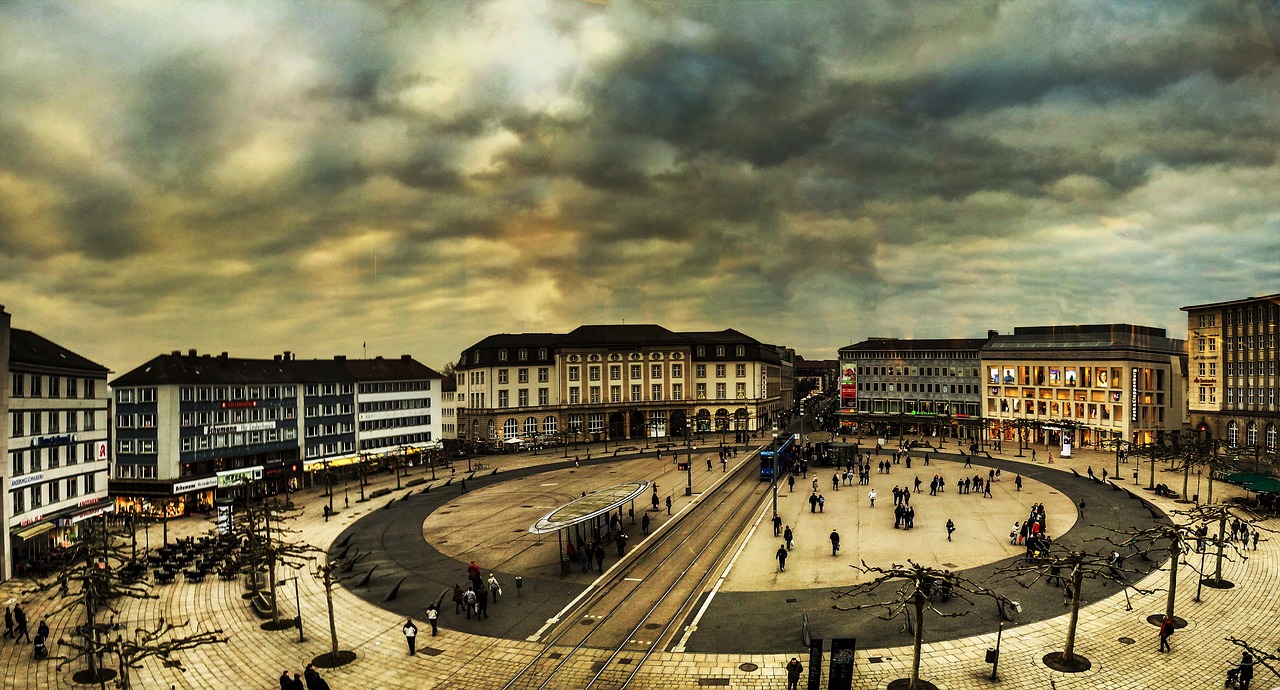
Post-Processing for Wide-Angle Images
Post-processing plays a crucial role in enhancing the visual impact of travel photos captured with wide-angle lenses. Once you have taken your shots, the next step is to refine them through editing to bring out the best in colors, contrast, and details. Here are some key pieces of advice to consider when post-processing your wide-angle images:
Firstly, start by adjusting the exposure and white balance to ensure that the overall tone of the image is balanced and true to the scene you captured. Correcting any color casts or exposure issues can significantly improve the overall look of your photo.
Next, pay attention to the level of sharpness in your image. Wide-angle lenses can sometimes introduce softness or distortion around the edges, so sharpening specific areas of the photo can help enhance details and make the image more visually appealing.
Consider adjusting the saturation and vibrance levels to make colors pop without appearing oversaturated. This step can help bring out the natural beauty of landscapes or architectural details captured in your wide-angle shots.
When working with wide-angle images, it's essential to pay attention to lens corrections. Correcting any distortion or vignetting that may have occurred during shooting can help improve the overall quality of the image and ensure that straight lines appear straight.
Experiment with different editing techniques, such as adding contrast or applying creative filters, to give your wide-angle photos a unique and artistic touch. Don't be afraid to explore different editing styles to find the look that best suits your creative vision.
Lastly, always remember that post-processing should enhance your images, not completely alter them. Aim to maintain the authenticity of the scene you captured while enhancing its visual impact through thoughtful editing techniques.
Frequently Asked Questions
- What are wide-angle lenses?
Wide-angle lenses are camera lenses with a shorter focal length that allow you to capture a wider field of view compared to standard lenses. They are ideal for shooting expansive landscapes, architecture, and interiors, providing a unique perspective and depth to your photos.
- How do wide-angle lenses differ from other types of lenses?
Wide-angle lenses have a wider field of view, allowing you to fit more of the scene into the frame. They also tend to exaggerate perspective and create a sense of depth, making them popular for landscape and architectural photography. In contrast, telephoto lenses have a narrower field of view and are used for capturing distant subjects with more compression.
- What factors should I consider when choosing a wide-angle lens for travel photography?
When selecting a wide-angle lens for travel photography, consider the focal length, aperture, and lens compatibility with your camera. The focal length will determine how wide the lens can capture, while the aperture affects low-light performance and depth of field. Ensure the lens is lightweight and durable for travel convenience.
- How can I manage distortion when using wide-angle lenses?
To manage distortion when using wide-angle lenses, try to keep the camera level and avoid placing important elements near the edges of the frame. Embrace and creatively use distortion to add dynamic elements to your photos, especially in architectural or urban settings where distortion can enhance the visual impact.
- What are some post-processing tips for enhancing wide-angle travel photos?
When editing wide-angle travel images, pay attention to correcting lens distortions, adjusting perspective, and enhancing colors and contrast. Use software tools like Adobe Lightroom or Photoshop to fine-tune the composition, remove distractions, and bring out the details in your photos for a polished final result.






